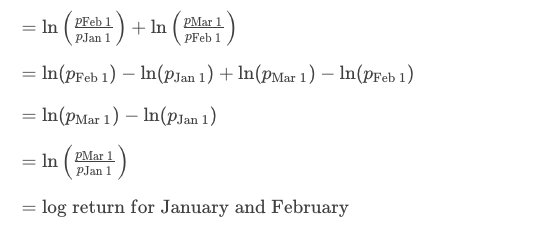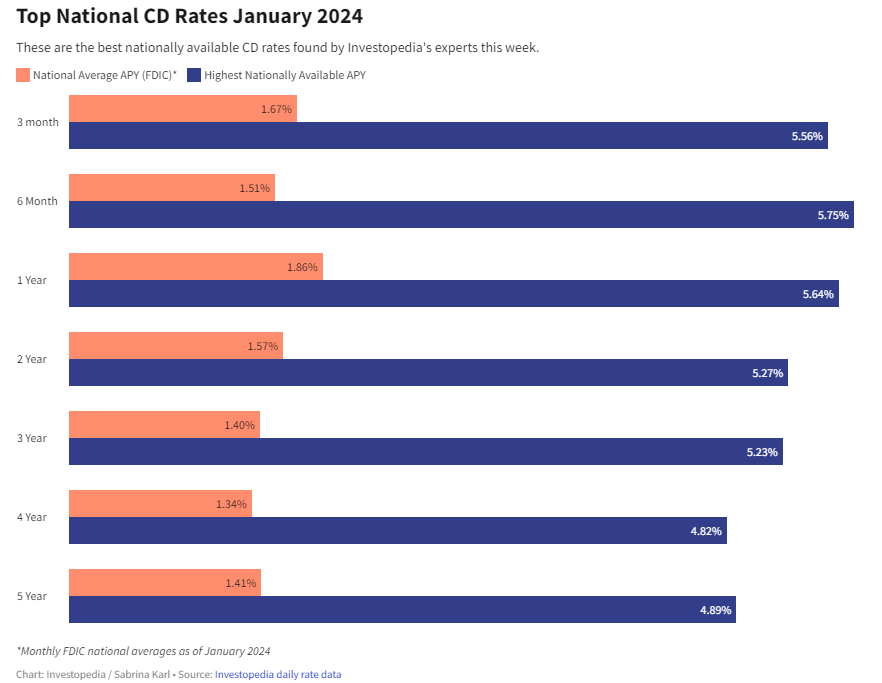What is bill discount and how to calculate the discount?
As a business owner, you may have heard the term "bill discount" thrown around, but what exactly does it mean? In simple terms, bill discounting is a process where a business can get cash in advance by selling its receivables or invoices to a third party, usually a financial institution. This is done at a discount, which means that the business gets less than the full amount of the invoice, but receives the cash immediately instead of waiting for the customer to pay.
Bill discounting can be a useful tool for businesses that need cash flow to fund their operations or invest in growth opportunities. However, it's important to understand how to calculate the discount to ensure that you're getting a fair deal.
To calculate the bill discount, you need to know three things: the face value of the invoice, the discount rate, and the time period until payment. The face value is simply the amount of money that the customer owes you. The discount rate is the percentage of the face value that the financial institution will pay you in advance. The time period until payment is the number of days until the customer is scheduled to pay.
Let's look at an example. Say you have an invoice for $10,000 that is due in 60 days. You decide to sell it to a financial institution at a discount rate of 2%. The calculation for the bill discount would be as follows:
Discount = Face Value x Discount Rate x Time Period
Discount = $10,000 x 2% x (60/360)
Discount = $333.33
In this scenario, you would receive $9,666.67 ($10,000 - $333.33) in advance from the financial institution. While this may seem like a small amount, it can be a valuable source of cash flow for businesses that need it.
It's important to note that the discount rate can vary depending on factors such as the creditworthiness of your customers and the length of time until payment. It's also important to shop around and compare rates from different financial institutions to ensure that you're getting a fair deal.
In addition to calculating the bill discount, it's important to consider the potential drawbacks of bill discounting. For one, it can be expensive, as financial institutions charge fees and interest on the amount advanced. It can also impact your relationship with your customers, as they may be confused or concerned about receiving payments from a third party.
Overall, bill discounting can be a useful tool for businesses that need cash flow, but it's important to understand how to calculate the discount and weigh the potential drawbacks before deciding if it's right for you.
Personal finance book recommendations
Personal Finance Book RecommendationsAs a professional financial advisor, I am often asked for recommendations on books that can help individuals gain a better understanding of personal finance. It is no secret that managing money effectively is a crucial skill that can greatly impact one'
How is the interest on bank deposits calculated?
Interest is the amount of money that a bank pays you for keeping your money in a deposit account, such as a savings account, a fixed deposit, or a certificate of deposit. Interest is also the amount of money that you pay to a bank for borrowing money from them, such as a loan or a credit card.
How to Double Your Money with the Best CD Rates for January 2024
If you are looking for a safe and reliable way to grow your savings, you might want to consider opening a certificate of deposit (CD) account. A CD is a type of deposit account that offers a fixed interest rate for a specified term, usually ranging from a few months to several years. Unlike a regula
How to buy the right personal financial products
Personal financial products are tools that help you manage your money, save for the future, and achieve your financial goals. They include things like bank accounts, credit cards, loans, insurance, investments, and retirement plans. However, not all personal financial products are create








